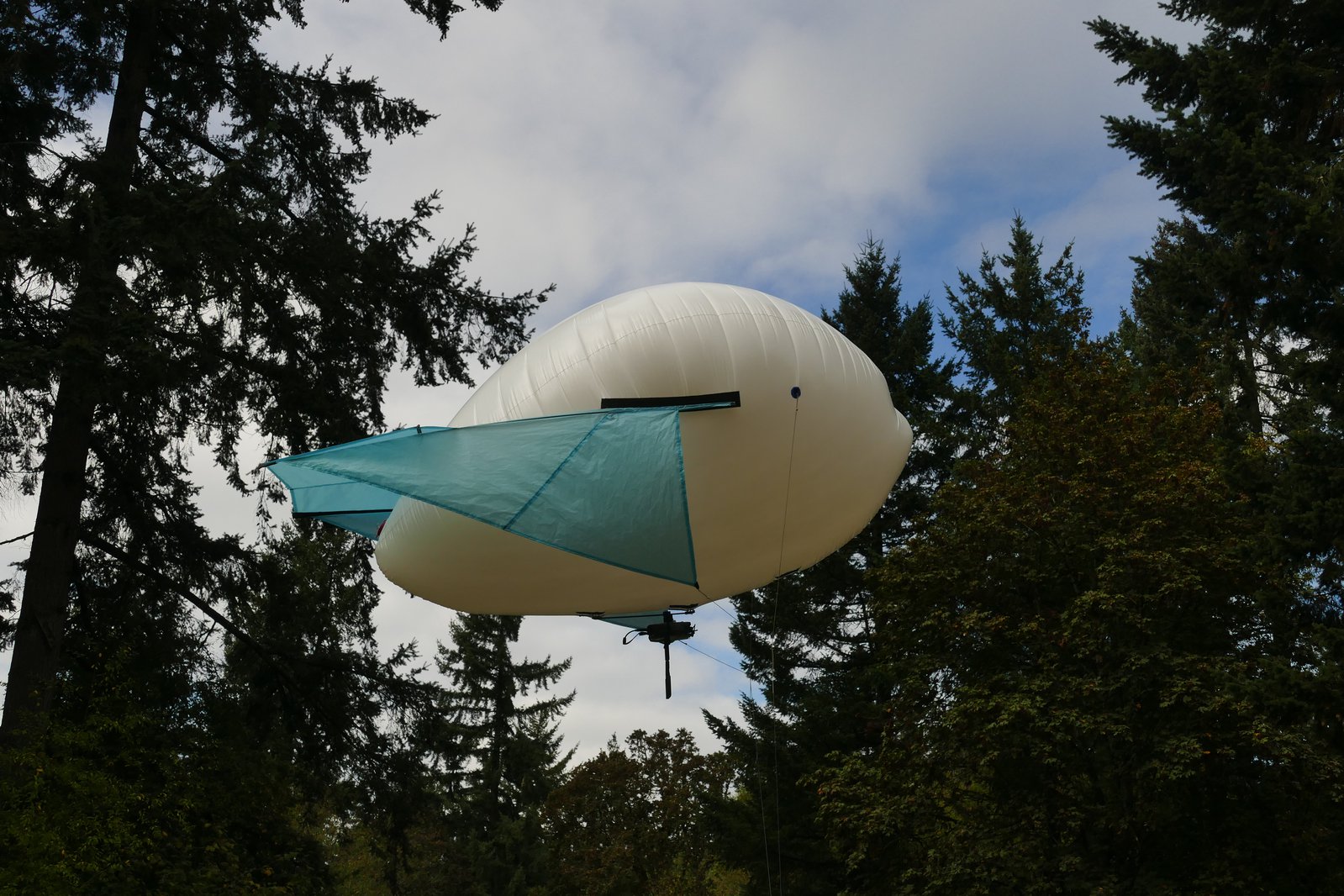Project update 2 of 20
Airborne Networking
Airpup and a wireless network node can fit in a backpack and be taken anywhere.
Flying to 500’ extended our amateur radio mesh node’s range from 0.2 miles to 1.25 miles. We managed about four hours of broadcast time for a Raspberry Pi 3 and a WiFi dongle.
This project was a quick hack— with further power optimization we hope to fly all day without changing the battery, and keep the network up all weekend without refilling Airpup.
Fly-able Broadband-Hamnet node
Mitch Bayersdorfer of Clackamas County ARES has been working on a Raspberry Pi-based replacement for the WRT54G-based Broadband-Hamnet nodes CARES currently deploys. The system serves up CARES Field Operations site, emergency response info, and VoIP functionality.
Mitch Bayersdorfer brought a mesh node to Dorkbot PDX the same night I brought Airpup. We made an impromptu flight to 50 feet, as well as plans to try again at a higher altitude.
Using Mitch’s Raspberry Pi 3, Tendak USB 3 hub, and an Alfa AWUS036NH WiFi dongle, we made some quick hacks and a 10Ah USB battery to reduce the size of the setup.
I launched the node from the backyard, and Mitch drove a second node around to check the signal strength.
50% signal strength was observed at 1.25 miles, a significant range boost without any antenna optimizaton.
Next steps
The goal is to reduce the flying node to a Pi Zero, smaller battery, and a better antenna, probably a Discone.








